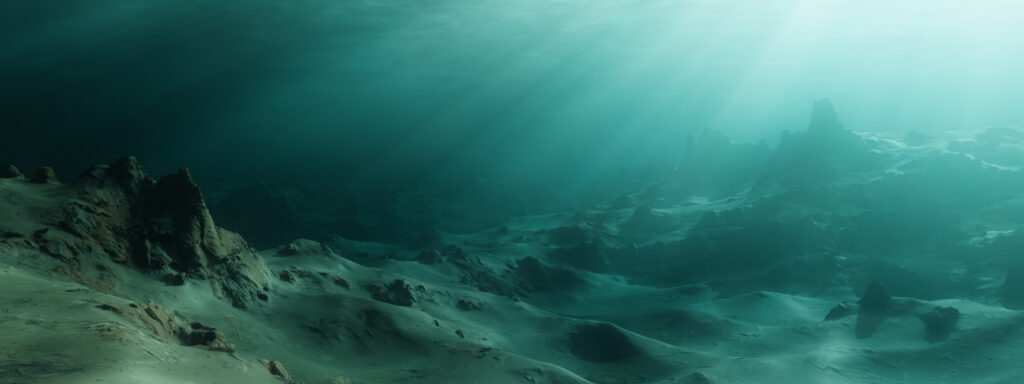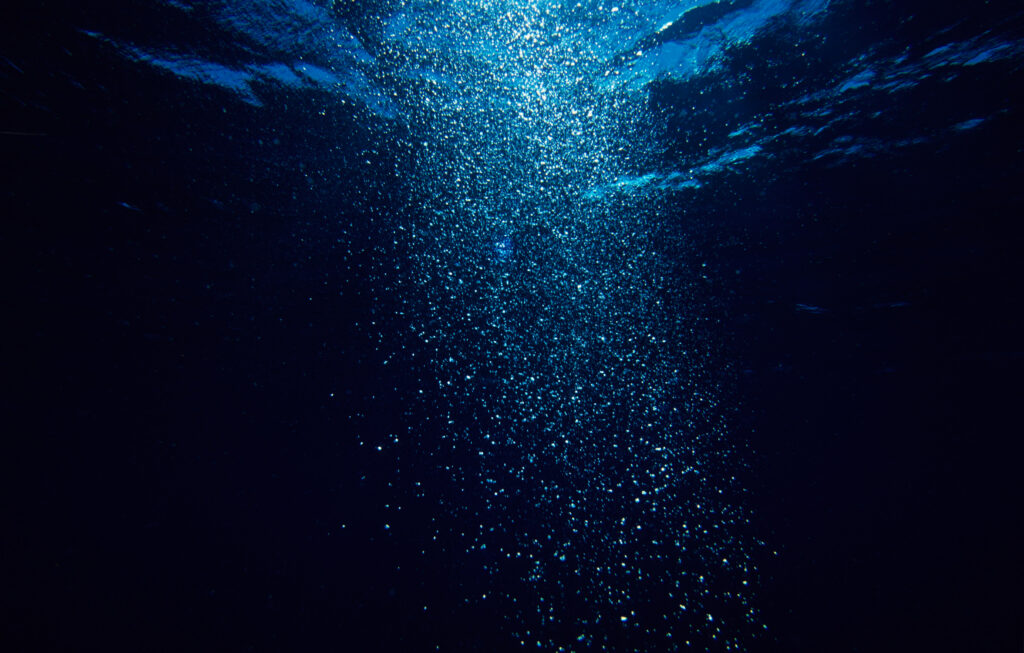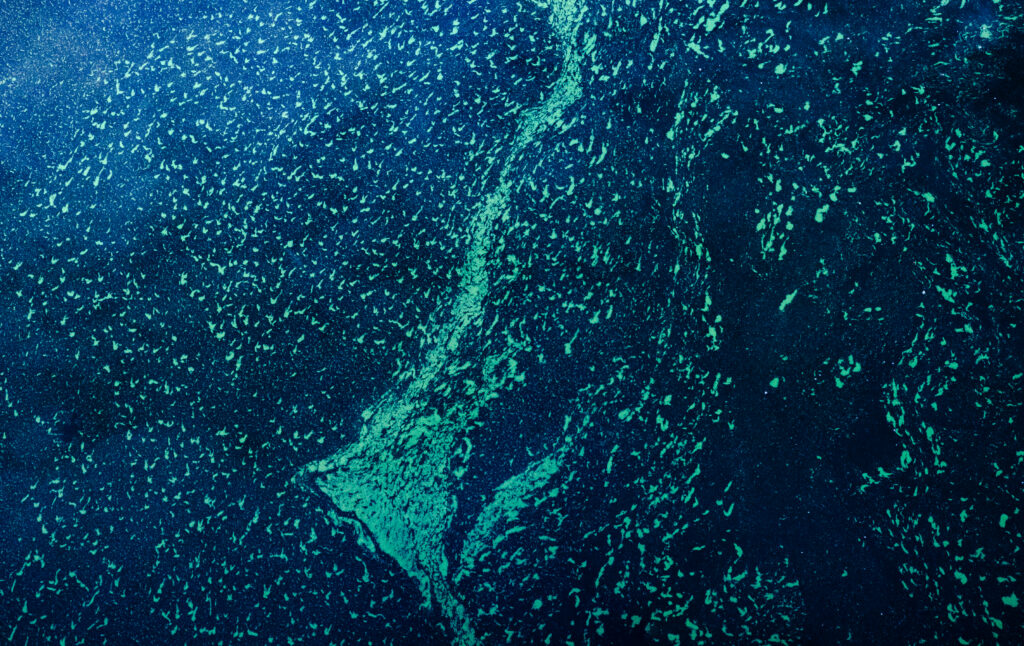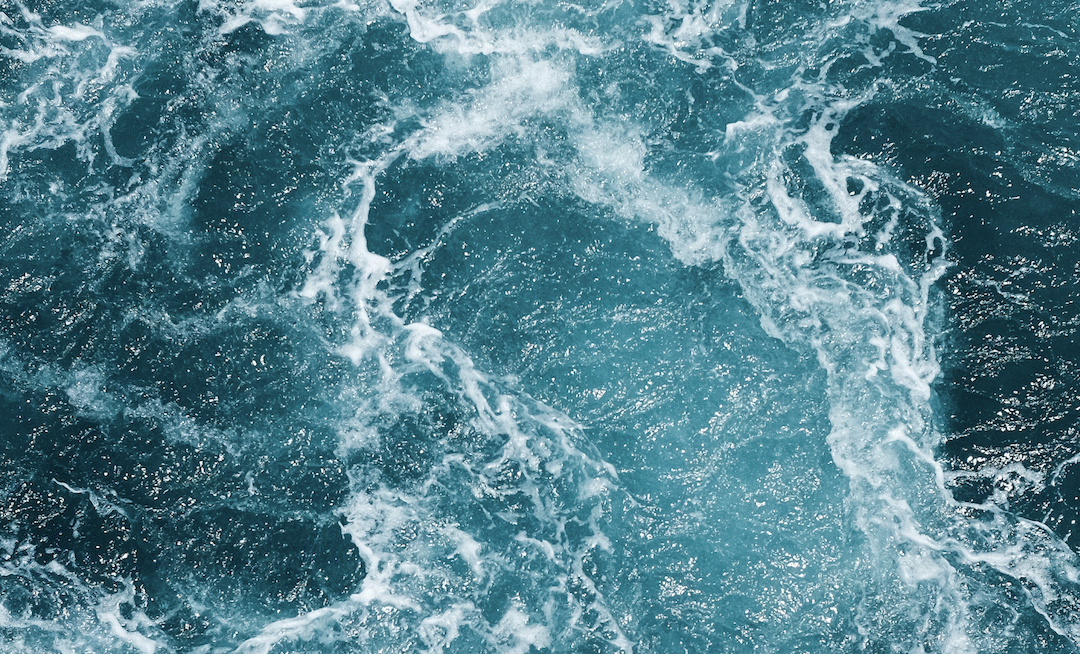The Southern Ocean has just revealed its secrets, and they’re weirder than anyone expected. Dozens of new marine species were discovered in recent expeditions, including a carnivorous sponge with the ominous nickname “death ball.” Scientists exploring these extreme environments are finding creatures with abilities that push the boundaries of what we thought possible for life on Earth.
Meet the Death Ball
The carnivorous sponge Chondrocladia sp. nov. earned its dramatic nickname honestly. Unlike typical sponges that filter nutrients from water, this predator actively traps and consumes small crustaceans that venture too close. Its ball-shaped body bristles with hook-covered filaments that snare prey, then slowly digest them.
The death ball belongs to a family of carnivorous sponges only discovered in recent decades, completely upending what scientists thought they knew about these ancient organisms. Traditional biology textbooks described sponges as passive filter feeders at the bottom of the food chain. Turns out some evolved into ambush predators that would look at home in a horror movie.
What makes this discovery particularly fascinating is where it lives. The Southern Ocean surrounding Antarctica represents one of Earth’s most extreme environments – crushing pressure, near-freezing temperatures, months of darkness, and limited food sources. Yet life finds a way, and that way sometimes involves ball-shaped carnivorous sponges.

Life in the Extreme
The death ball is just one of dozens of newly discovered species from these expeditions. Researchers found creatures adapted to conditions that would kill most life forms instantly. Some have antifreeze proteins in their blood. Others survive by slowing their metabolism to barely detectable levels during the dark winter months when photosynthesis stops and the food chain nearly collapses.
One discovery revealed fish with hearing capabilities rivaling human sensitivity – despite living in near-total darkness where sound becomes more important than sight for survival. Ancient fish that adapted from saltwater to freshwater environments developed extraordinary sensory systems that scientists are only beginning to understand.
These discoveries aren’t just biological curiosities. They’re reshaping fundamental assumptions about where and how life can exist. If organisms can thrive in the Southern Ocean’s brutal conditions, what does that mean for the possibility of life on Europa’s ice-covered ocean, or in the subsurface seas of Enceladus? The extreme life on Earth informs the search for life beyond it.
The Technology Making Discovery Possible
Finding these creatures requires technology that didn’t exist a generation ago. Advanced submersibles can now reach depths and withstand pressures that would have been impossible before. High-resolution cameras capture details in environments where human eyes can’t function. Sampling equipment collects specimens without destroying them or the fragile ecosystems they inhabit.
But technology alone isn’t enough. Each expedition requires years of planning, international cooperation, and significant funding. Ships must navigate treacherous waters during brief windows when conditions allow access. Scientists from multiple countries and disciplines collaborate to maximize what can be learned from each precious expedition.
The Southern Ocean remains one of Earth’s least explored regions. We’ve mapped the surface of Mars in more detail than we’ve mapped significant portions of our own ocean floor. Every expedition reveals species science didn’t know existed, expanding our understanding of biodiversity and evolution.

Why This Matters
These discoveries have practical implications beyond satisfying curiosity. Marine organisms produce compounds that have led to breakthrough medicines. The antifreeze proteins in Antarctic fish inspired technologies now used to preserve organs for transplant. Studying how creatures survive extreme conditions informs everything from food preservation to space exploration.
Understanding these ecosystems also matters for conservation. Climate change is warming even the Southern Ocean, potentially threatening species that evolved for extreme cold. Fishing and shipping traffic are increasing in waters that were once too remote to exploit. We’re discovering these creatures at the same moment we’re endangering them.
The death ball sponge and its bizarre neighbors remind us how much we still don’t know about our own planet. Every deep-ocean expedition returns with organisms that challenge existing categories, displaying survival strategies scientists never imagined. Life’s creativity exceeds our ability to predict it.
The Next Frontier
As technology improves and access to extreme environments becomes more feasible, expect more surprising discoveries. The Southern Ocean alone likely harbors thousands of species still unknown to science. Each one tells a story about evolution, adaptation, and the remarkable resilience of life.
The carnivorous death ball sponge sitting in freezing darkness, waiting to snare prey with its hook-covered tentacles, represents just one chapter in that story. There are countless more waiting to be written, sitting in the deep, cold darkness of Earth’s most remote waters – creatures we can barely imagine, thriving in conditions we’d consider impossible.


